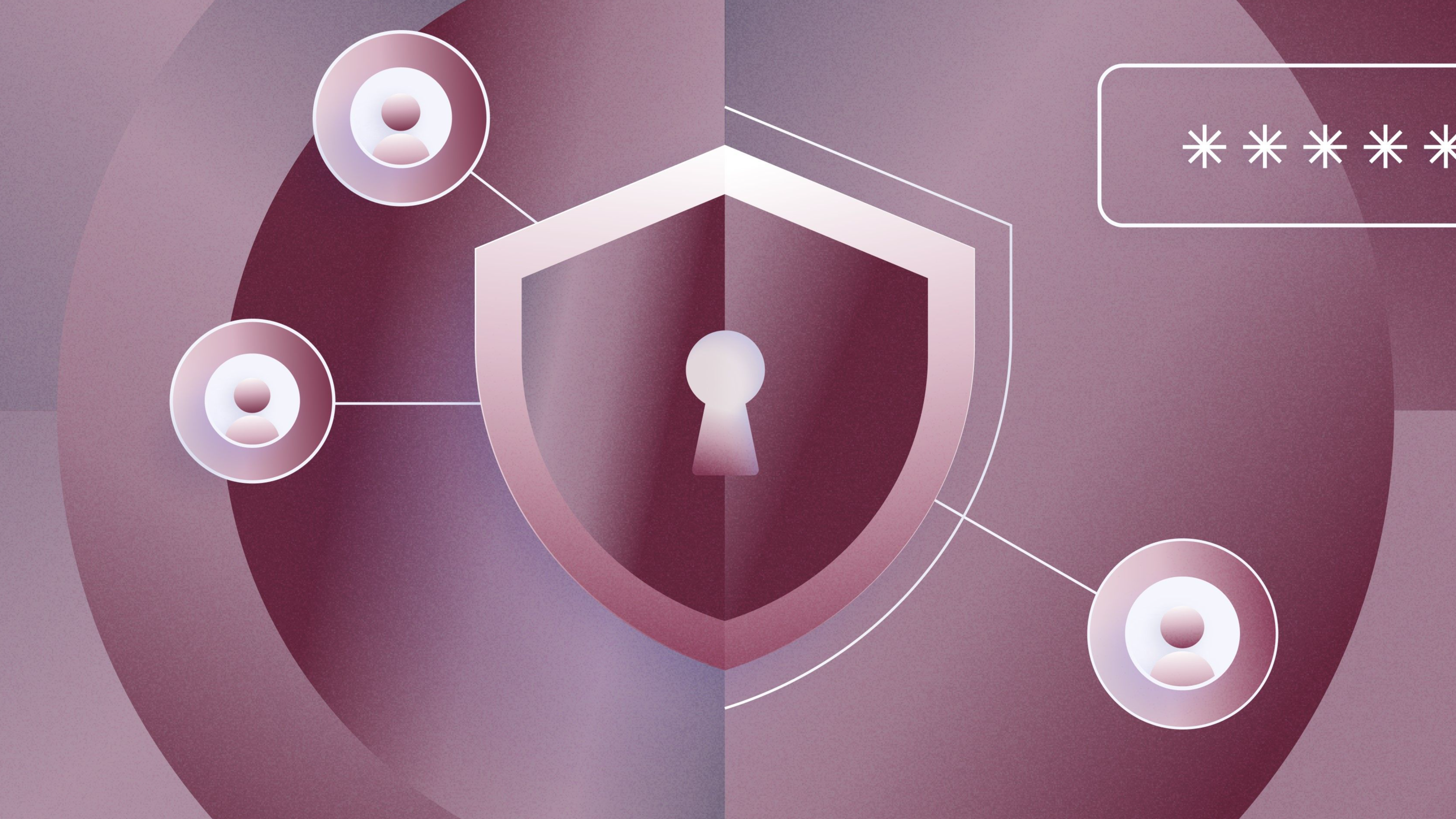How to create a customer-centric culture at your startup

Former product manager turned content marketer and journalist.
Truly great companies don’t rely on volume alone. Leaning into sales and marketing might bring in new customers quickly, but if you can’t retain them, you’ll always be in replacement mode.
In the book Good to Great: Why Some Companies Make the Leap… And Others Don’t, Jim Collins writes, “While you can buy your way to growth, you absolutely cannot buy your way to greatness.”
To build something sustainable — to build something great — you have to put your customers front and center. Building a lasting company means focusing on your customers more than your competitors, or a future liquidity event, or even the product itself. Without customers, your company doesn’t exist. A customer-first mindset is intentional and has to be ingrained in your company culture to be effective.
Why it’s important to build a customer-centric culture
When you focus on customers, they can feel it. A customer-centric culture impacts everything from your sales tactics to your customer service. While customers may initially be drawn to your product, your attention to their needs and problems will increase their overall satisfaction and loyalty. This gives you an advantage over competitors focusing only on products and offerings.
A customer-centric culture also aligns your teams around a shared purpose. Individual departments may have their own goals — such as releasing new features or meeting a quota — but putting customers first changes how those goals are met. It’s no longer only about numbers and metrics; it’s about making the customer your north star.
How customer-centric culture drives growth
Many startups build on the idea of being “something different” from their competitors. They see existing products in the marketplace and think they can fill a gap. This can lead a startup to constantly chase the competitor rather than being what the customers need.
When you put customers ahead of your competitors, you gain competitor insights in a roundabout way. By listening to your customers, you learn what challenges they have that other products can’t solve. And just like, the more intently you listen, the more you’ll sail past competitors that aren’t spending that time to connect with their customers.
Of course, you’ll also want to think about what’s next — something your customers don’t yet know they need. Combining your long-term vision and a keen emphasis on customer feedback will create a cohesive and lasting product — one that customers will continue to want.
Building a customer-centric culture
A customer-centric culture means listening at every stage of the customer journey. Every team member is on alert for customer feedback, whether overtly stated or implied through data. In turn, these insights drive decisions within each department.
Impact on marketing
In the pre-conversion stage, marketing often has a pulse on what’s happening in the marketplace and why customers make buying decisions. To be customer-centric, this information needs to be easily accessible across the organization so it can influence product direction or customer service interactions.
Marketing should focus on attracting the right customers, rather than simply focusing on conversions that eventually churn.
Impact on sales
A sales team should be comprised of people who genuinely care about the customer experience. Like marketing, the team should focus on closing the deal because it’s in the customer’s best interests, not simply to meet a quota. Bad-fit customers will only hurt other departments, like customer service. It can even negatively impact the product because the customers aren’t part of your ICP.
Like marketing, sales should proactively communicate what they’re hearing from potential customers so the information can inform product decisions. Sales should also facilitate a smooth transition to a customer success team, showing new customers a level of service they can expect to see throughout the organization.
Impact on product development
A customer-centric culture inspires product teams. They know they’re having a real impact on customers, versus building only to chase a competitor’s features.
Many companies treat product feedback as a retrospective. They think about product changes after losing deals or after a customer has churned. Instead, a customer-centric culture would proactively look for customer insights through research and continuous conversations with other departments.
At Mercury, for example, we have a monthly voice of the customer (VoC) meeting. We review all customer feedback, collect it in a central place, and categorize it according to the themes and trends we’re seeing. Our product teams can use what they learn to improve our product. Our product teams also have a lot of direct interactions with customers. Feedback from these sessions is incorporated directly into our product roadmap.
It's possible that your customers will also give you feedback proactively that can inform how you build your product roadmap. To use Mercury as an example again, we recently launched Mercury Personal, largely in response to an overwhelming interest from our customers on social media and in direct conversations with our team. Seeing how often customers were asking about this, and seeing their excitement over the prospect of it, encouraged us to prioritize our plans accordingly, such that we could scale our product in a way that was informed by our customers as much as our internal decision-making.
Impact on customer service
Customer service is probably the first thing that comes to mind with a customer-centric culture. After all, the customer service team is responsible for keeping the customers happy.
The staff should be knowledgeable, empathetic, and patient so customers are treated well — especially since they often contact support because they have a problem.
But while customer service has a direct pulse on customer satisfaction (or dissatisfaction), that information can’t exist in a vacuum. The customer support function is a treasure trove of customer insights, and tapping into them can be an important part of creating that customer-centric culture.
When customers express frustration, it’s a signal. More than likely, additional customers are experiencing the same issue and haven’t taken the time to reach out. The customer service team should be well-equipped to escalate issues and identify patterns for other departments.
Measuring the success of a customer-centric culture
You can measure the success of your customer-centric culture with metrics such as NPS, retention rates, expansion revenue, and qualitative surveys. All of these are signals that your customers are satisfied with your company and product.
But additional success comes from the impact on your team. Employees will be more engaged if they know they’re having a positive impact on customers. Departments will operate more cohesively. You’ll feel more connected to your customers if you make yourself accessible and let them know you’re listening.
All of these have benefits that are hard to measure, except to know that you’re building the foundation for an amazing company.
About the author
Anna Burgess Yang is a former product manager turned content marketer and journalist. As a niche writer, she focuses on fintech and product-led content. She is also obsessed with tools and automation.
Related reads

How AI is influencing early roles at startups

Should you launch on eBay? A viability checklist by product category

The 8 most common inventory mistakes (and how to fix them)
